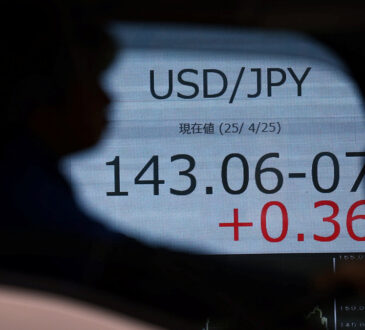In the Age of Digital Transactions, the U.S. Clings to Paper Currency: A Costly Tradition?

In a world where digital transactions are becoming the norm and countries worldwide are modernizing their physical currencies, the United States stands out for its steadfast adherence to paper notes. The Federal Reserve’s decision to allocate a staggering $931.4 million to print bills in 2023 underscores this commitment to tradition over transition. But as the rest of the globe moves towards more durable and efficient forms of money, such as polymer notes and dollar coins, one must wonder: is the U.S. missing out on the benefits of modernization, or is there merit in maintaining its paper legacy?
The Case for Modernization
The arguments for updating the United States’ currency system are compelling. Countries like Canada, the United Kingdom, and Australia have adopted polymer notes, reaping benefits such as enhanced durability, increased security features, and reduced environmental impact. Polymer notes can last 2.5 times longer than paper notes, making them more cost-effective in the long run. Despite these advantages, the U.S. has hesitated to make a similar transition, even as the $100 bill becomes increasingly popular for reasons not entirely aligned with daily commerce. Experts argue that this reluctance could be a significant oversight, as polymer notes and dollar coins could offer a more practical and sustainable solution for the nation’s currency needs.
The Digital Dilemma
While the debate over paper versus polymer unfolds, another trend is reshaping the landscape of transactions: the rise of digital payments. With the advent of cryptocurrencies, mobile payment platforms, and online banking, the necessity of physical currency is increasingly questioned. The United States’ commitment to paper money, in this context, might seem even more anachronistic. However, cash remains a crucial part of the economy, particularly for unbanked populations and in scenarios where digital transactions are impractical or unavailable. This reality complicates the push towards digitalization, highlighting the need for a balanced approach that considers both the benefits of modern currency forms and the indispensability of cash in certain areas of daily life.
A Global Perspective
Looking at the global stage, the dominance of the U.S. dollar is both a strength and a vulnerability. On one hand, the dollar’s widespread use in international trade and as a reserve currency affords the United States considerable economic power. On the other, as countries like China and Russia diversify their reserve portfolios and explore alternatives to the dollar, the risks of over-reliance on paper currency become apparent. The push for modernization, hence, is not just about domestic convenience or cost-saving but also about maintaining the dollar’s status in a changing global economy.
In conclusion, the United States’ decision to stick with paper currency in an era of rapid digital and material innovation may seem out of step with global trends. Yet, this choice reflects broader economic, social, and geopolitical considerations. As the country contemplates its next steps, it must weigh the benefits of modernizing its currency against the challenges of ensuring access, security, and global competitiveness. The future of U.S. currency, therefore, lies not just in choosing between paper and polymer, or digital and physical, but in navigating the complex interplay of technology, tradition, and transformation.




